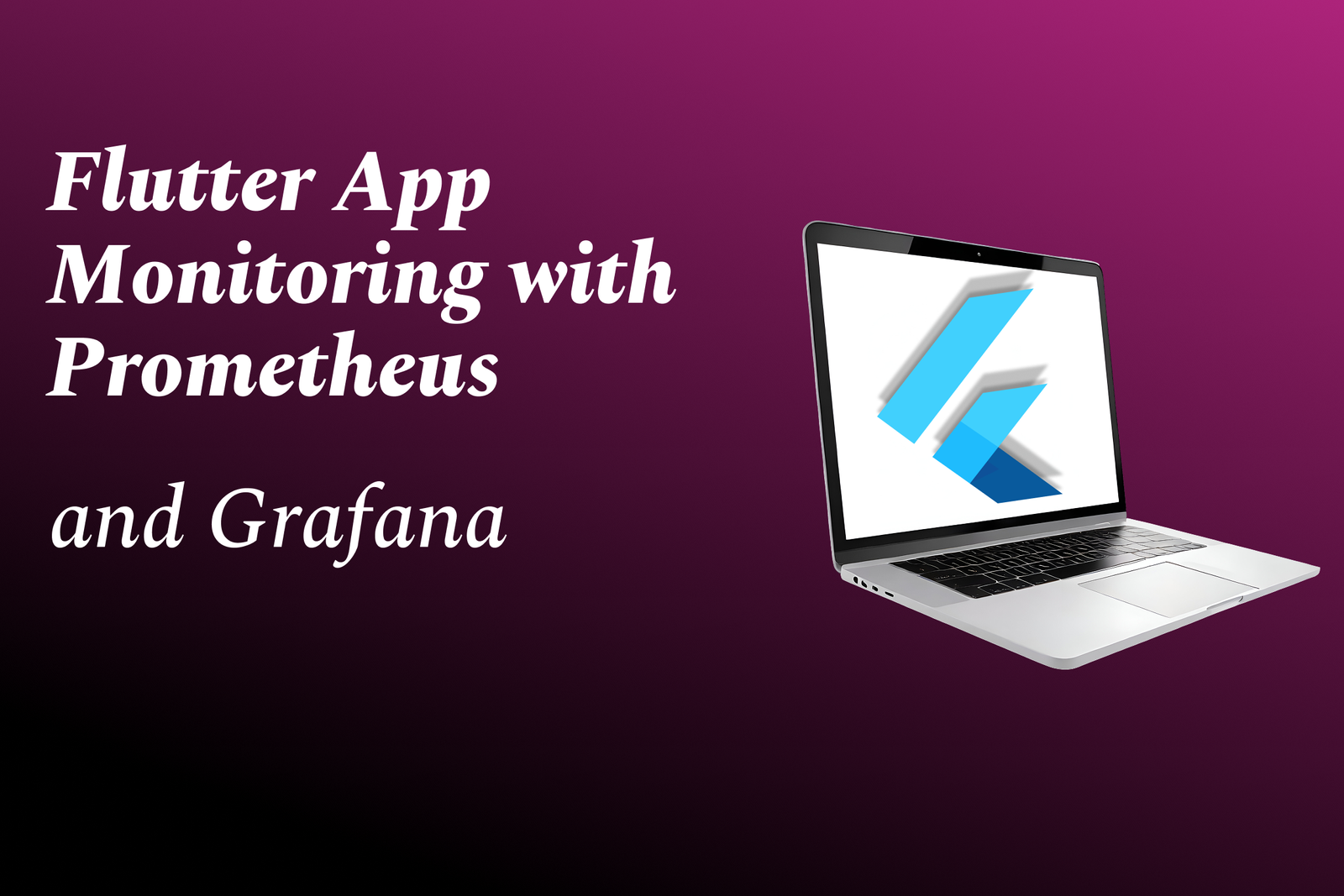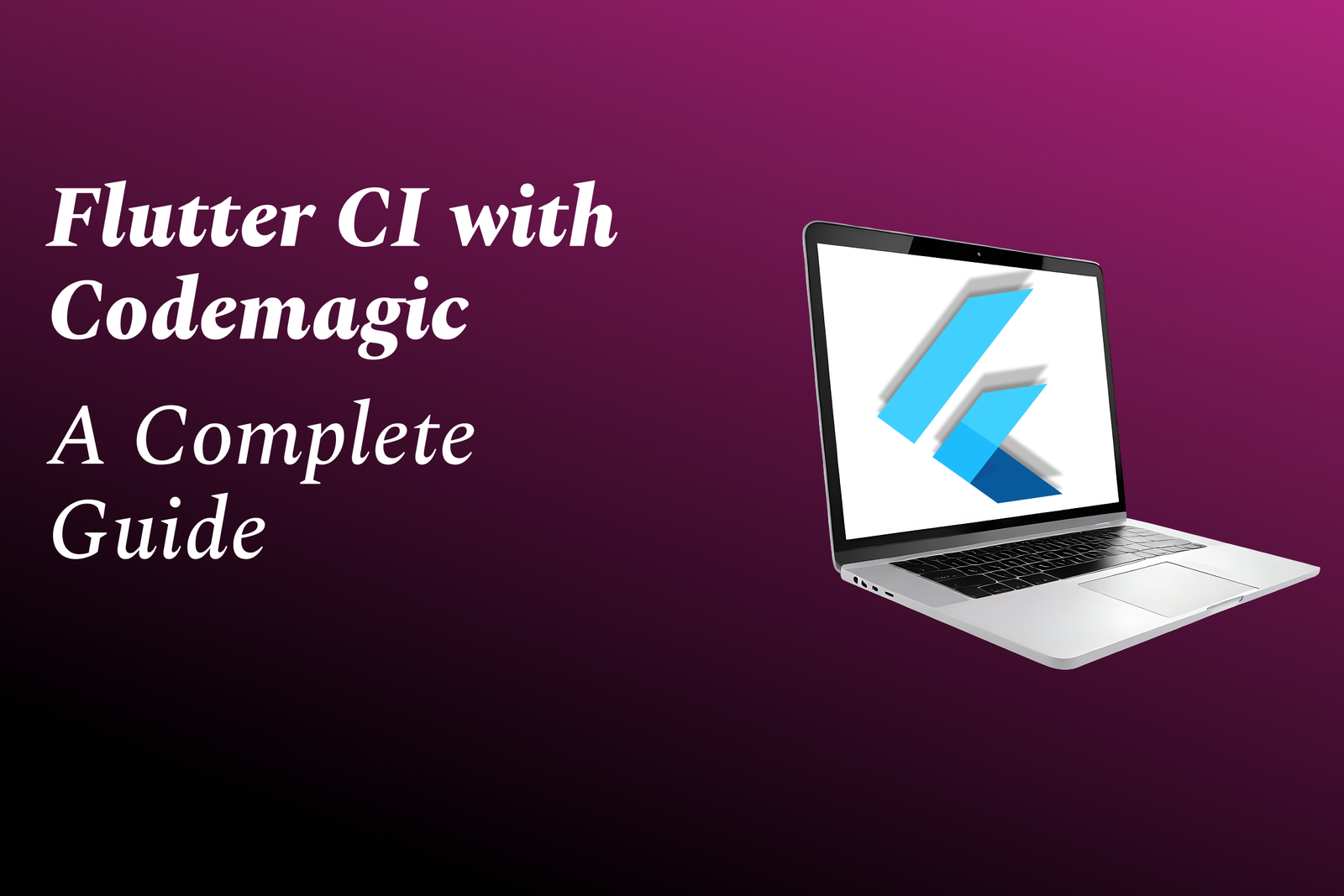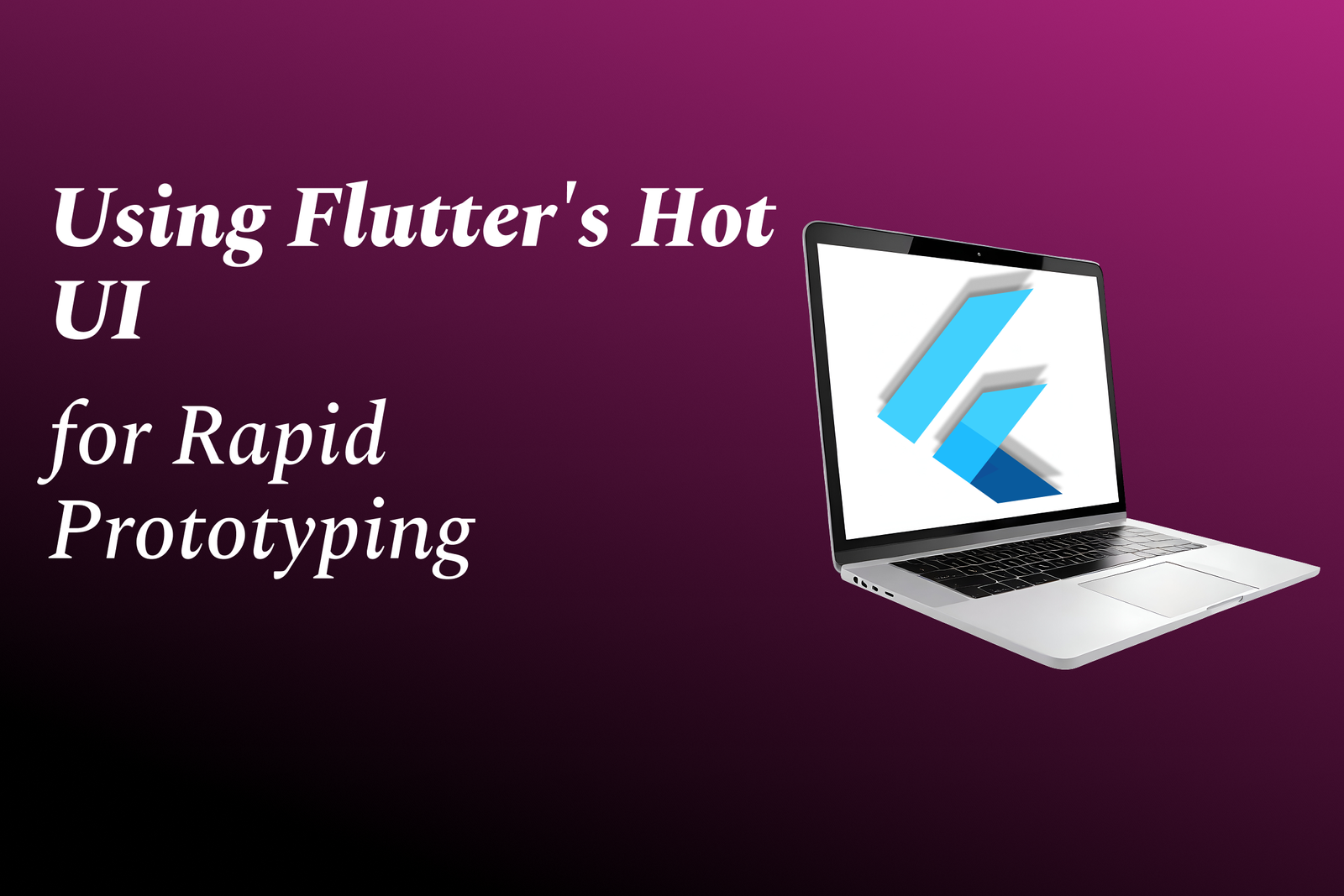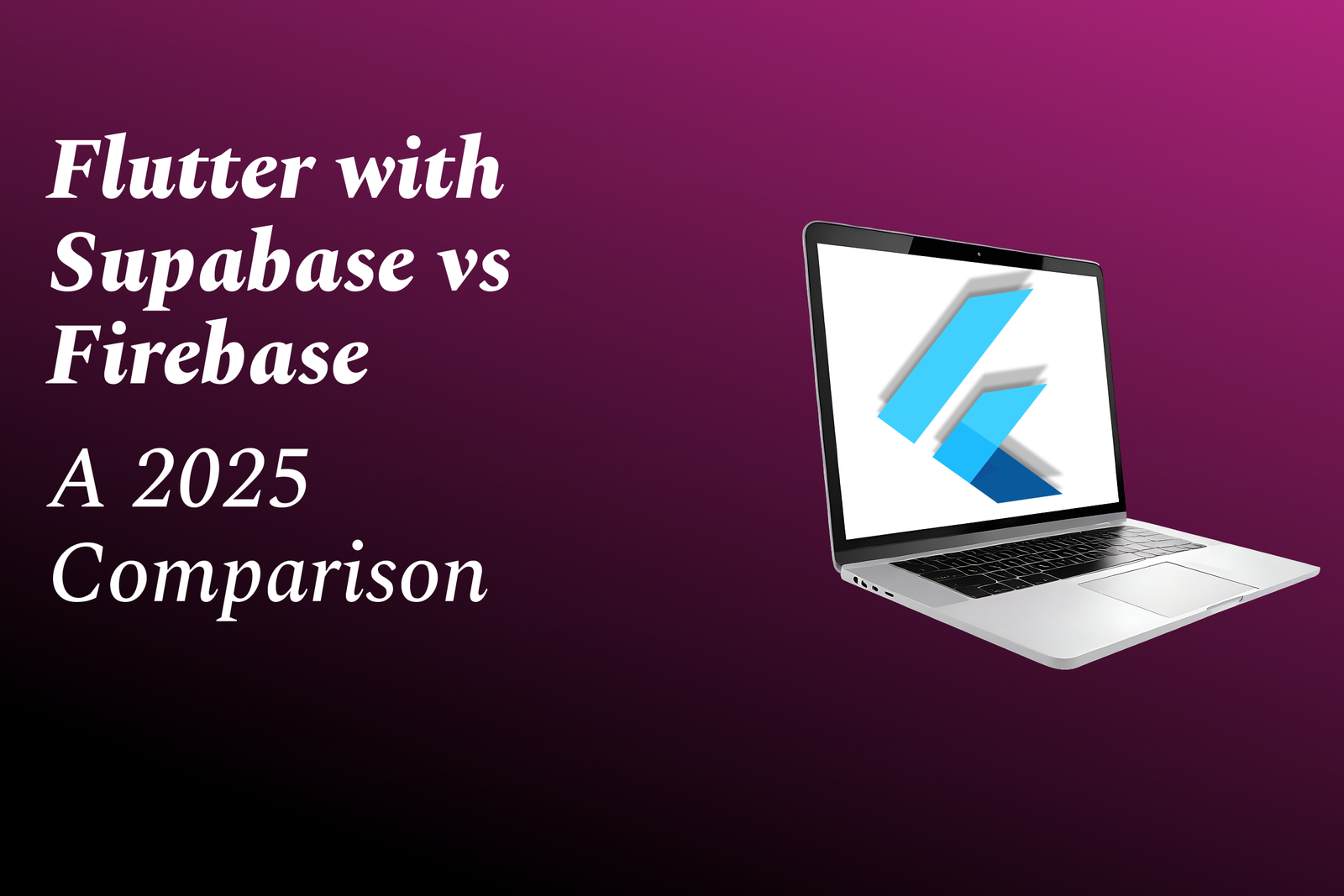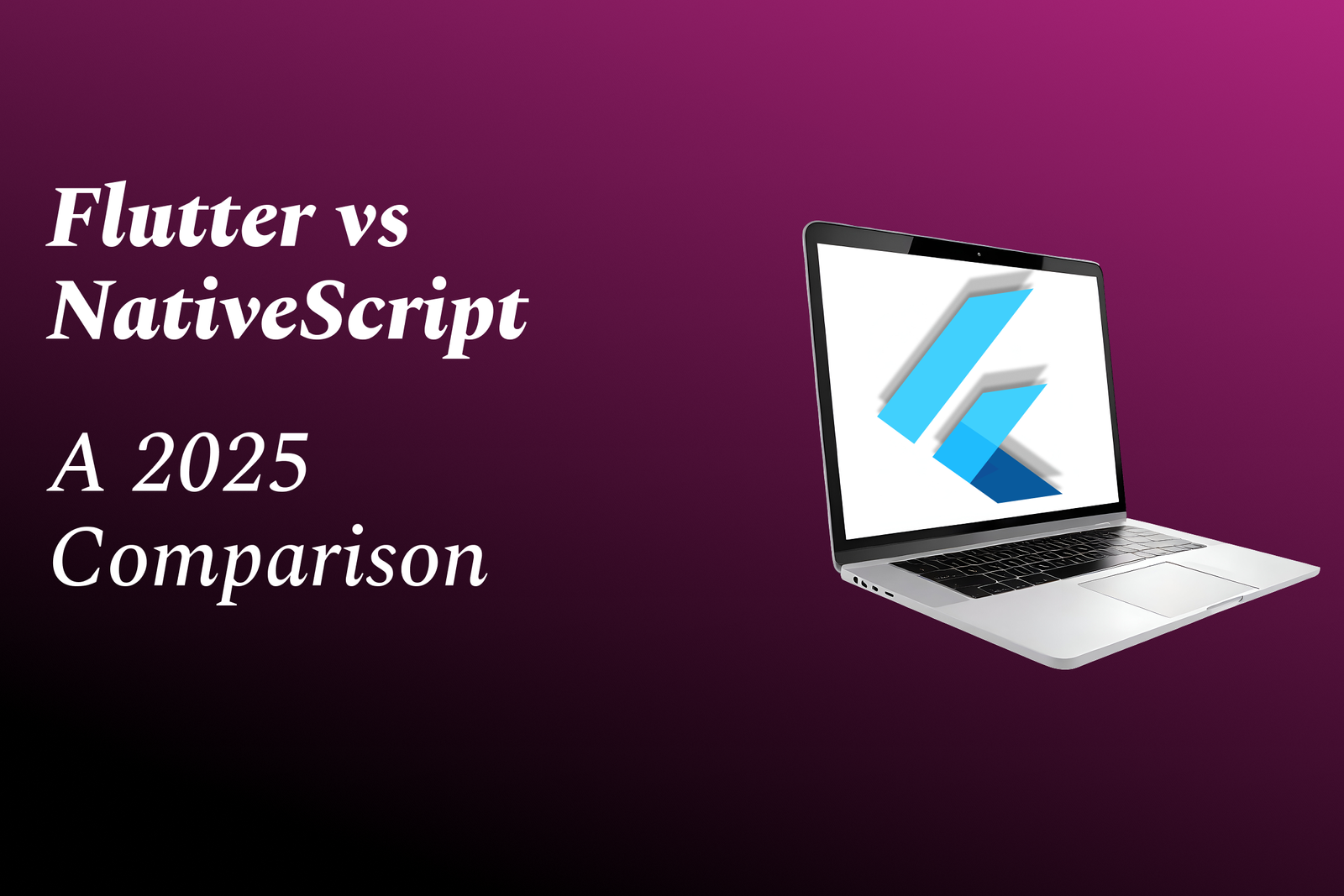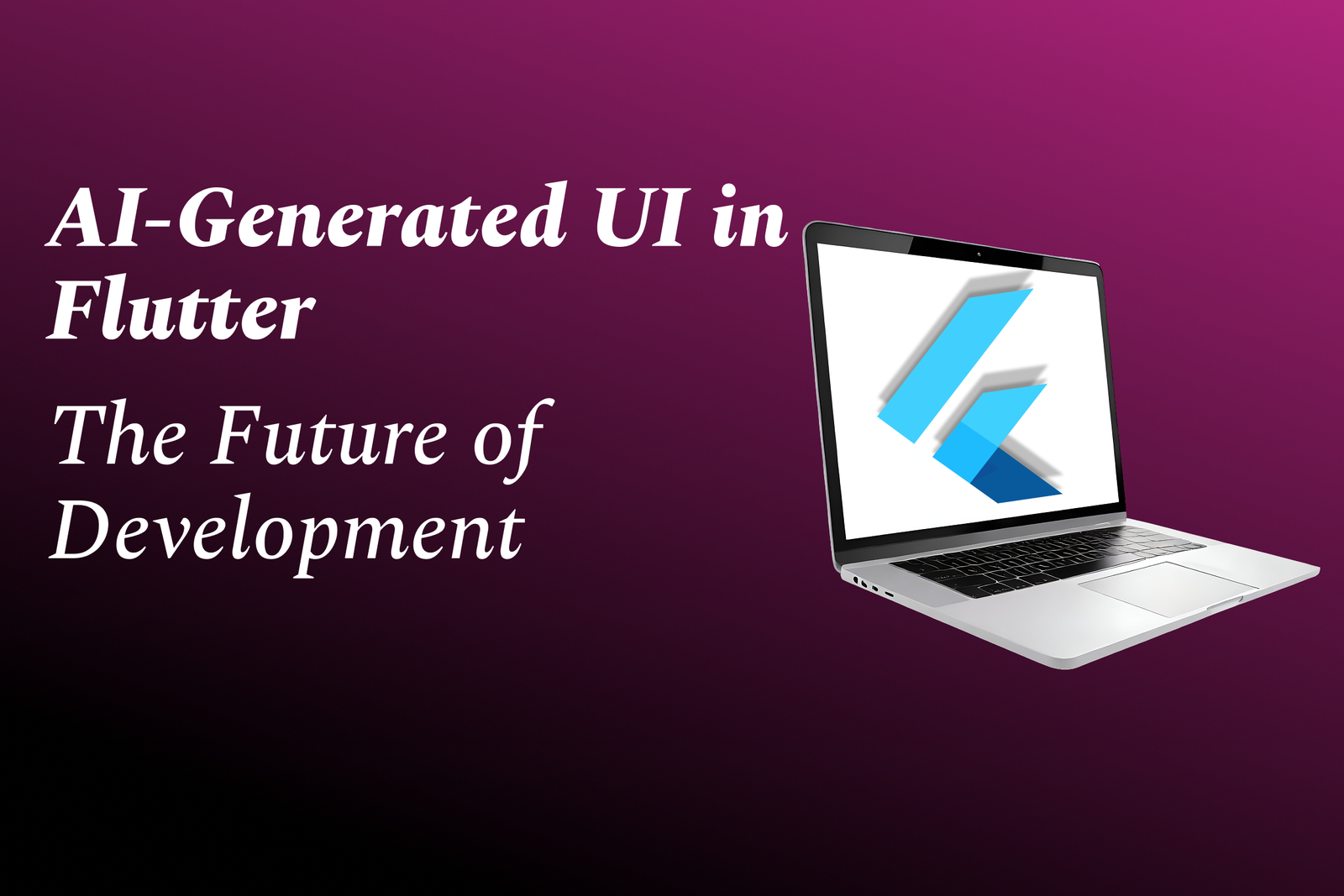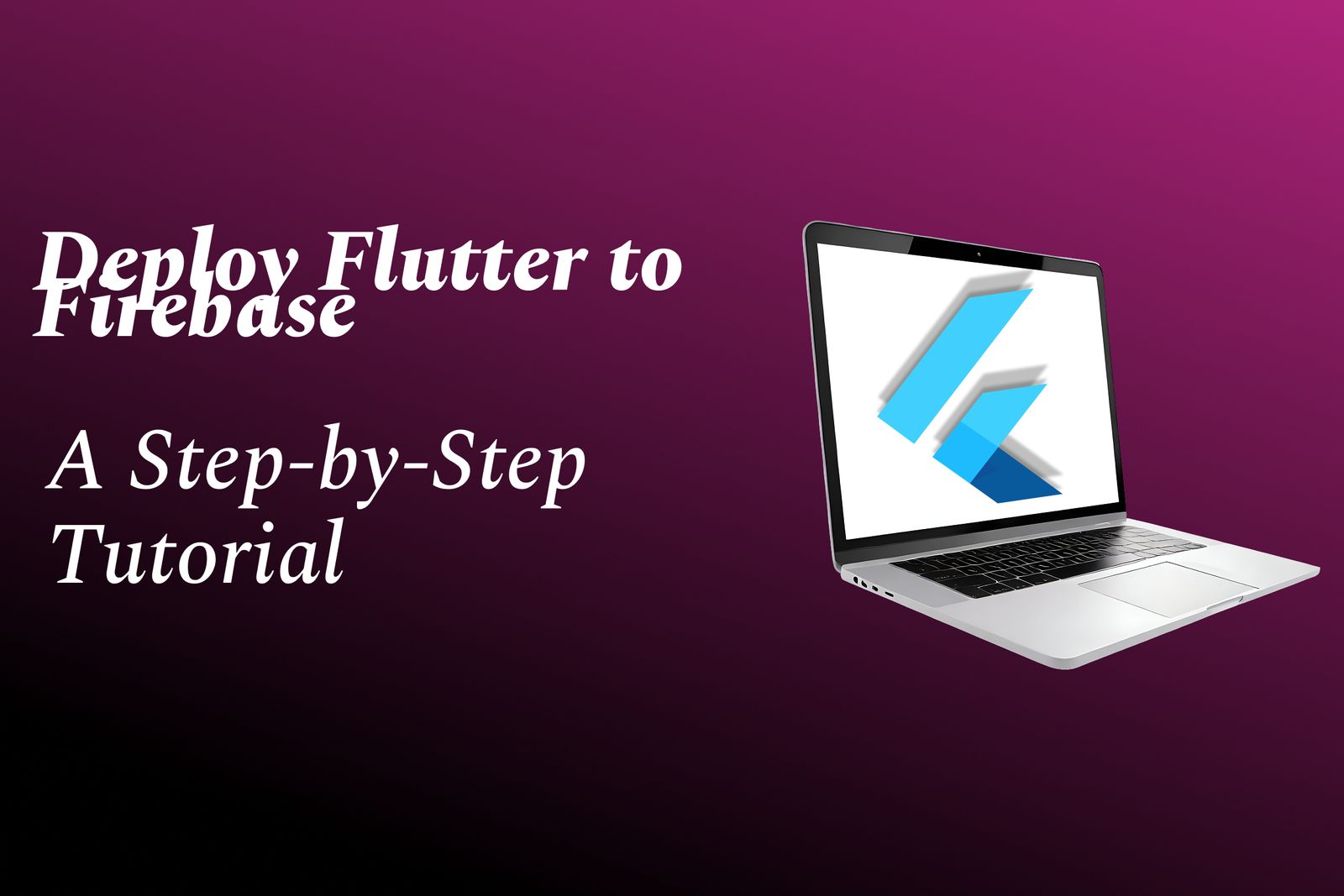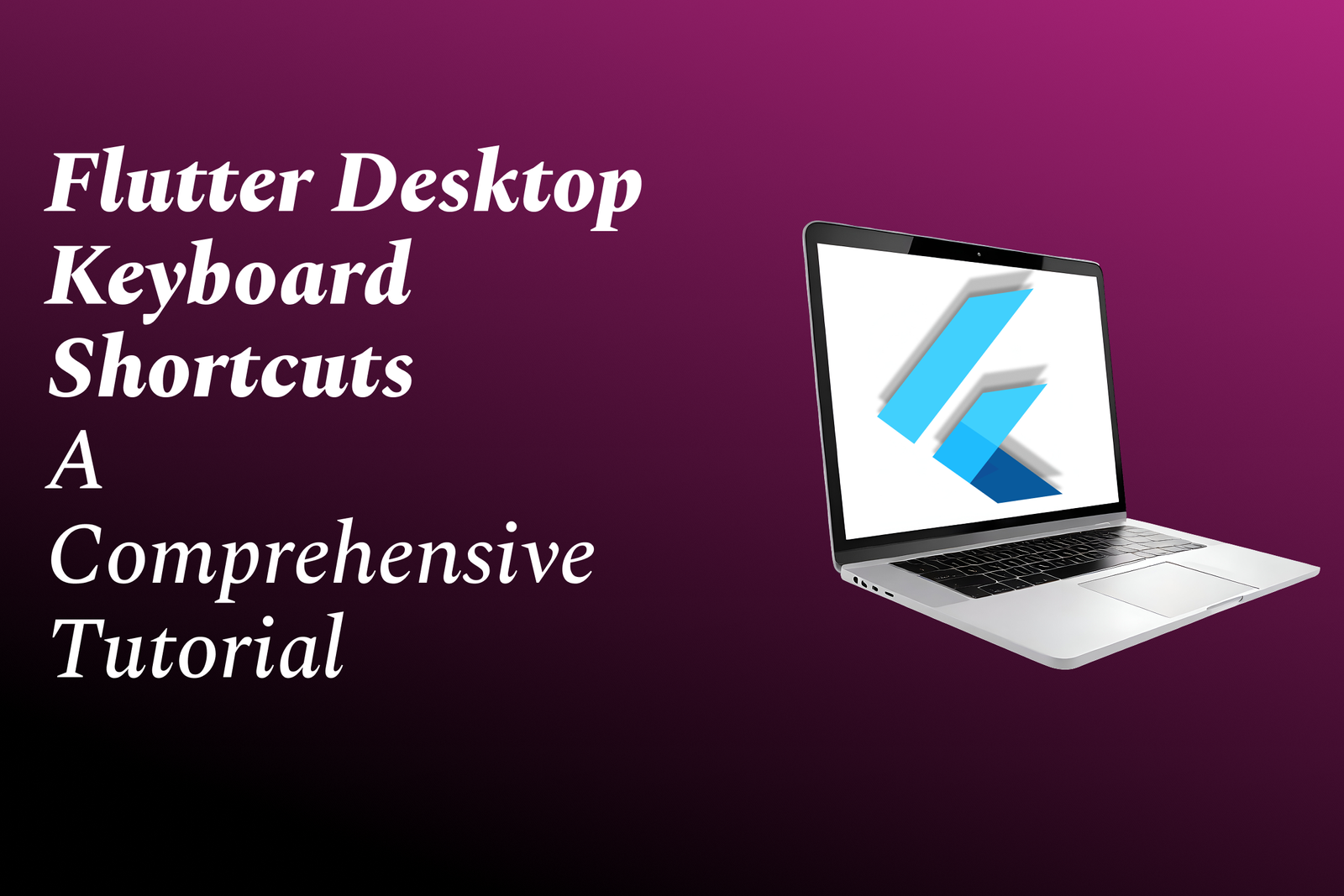Flutter BuildContext Explained for Beginners
In Flutter, BuildContext is a lightweight object passed to a widget’s build method that represents the widget’s location in the widget tree and acts as the key to look up ancestors and shared data—like Theme, MediaQuery, localization, navigation, or inherited providers (e.g., Theme.of(context), Navigator.of(context), Provider.of(context)). Because it’s tied to the widget’s position, use the context given during build or in lifecycle methods when the widget is mounted; avoid using it after dispose or too early in initState without deferring work. For beginners, think of BuildContext as your widget’s address and gateway to access surrounding resources and services.
Flutter BuildContext Explained for Beginners
In Flutter, BuildContext is a small object passed into a widget’s build method that represents the widget’s location in the widget tree and acts as the gateway to access surrounding resources—like Theme, MediaQuery, localization, Navigator, and InheritedWidgets or Providers. It’s useful because it lets a widget read shared data, perform navigation, and query layout information based on its position in the tree; just remember to use it only when the widget is mounted (avoid using it after dispose or too early in initState without deferring) since it depends on the widget’s place in the tree.
To Download Our Brochure: **https://www.justacademy.co/download-brochure-for-free
**
Message us for more information: **https://api.whatsapp.com/send?phone=919987184296
**
In Flutter, BuildContext is a small object passed into a widget’s build method that represents the widget’s location in the widget tree and acts as the gateway to access surrounding resources—like Theme, MediaQuery, localization, Navigator, and InheritedWidgets or Providers. It’s useful because it lets a widget read shared data, perform navigation, and query layout information based on its position in the tree; just remember to use it only when the widget is mounted (avoid using it after dispose or too early in initState without deferring) since it depends on the widget’s place in the tree.
Course Overview
Hands-on intro to Flutter BuildContext for beginners: core concepts, accessing Theme/MediaQuery/Navigator/Providers, common pitfalls, and practical examples for safe use.
Course Description
Learn what BuildContext is and how to use it to access Theme, MediaQuery, Navigator and state providers, avoid common pitfalls, and apply best practices through hands-on examples and a real-time project — includes a JustAcademy certification.
Key Features
1 - Comprehensive Tool Coverage: Provides hands-on training with a range of industry-standard testing tools, including Selenium, JIRA, LoadRunner, and TestRail.
2) Practical Exercises: Features real-world exercises and case studies to apply tools in various testing scenarios.
3) Interactive Learning: Includes interactive sessions with industry experts for personalized feedback and guidance.
4) Detailed Tutorials: Offers extensive tutorials and documentation on tool functionalities and best practices.
5) Advanced Techniques: Covers both fundamental and advanced techniques for using testing tools effectively.
6) Data Visualization: Integrates tools for visualizing test metrics and results, enhancing data interpretation and decision-making.
7) Tool Integration: Teaches how to integrate testing tools into the software development lifecycle for streamlined workflows.
8) Project-Based Learning: Focuses on project-based learning to build practical skills and create a portfolio of completed tasks.
9) Career Support: Provides resources and support for applying learned skills to real-world job scenarios, including resume building and interview preparation.
10) Up-to-Date Content: Ensures that course materials reflect the latest industry standards and tool updates.
Benefits of taking our course
Functional Tools
1 - Flutter SDK
The Flutter SDK is the core toolkit used to build, compile and run cross platform mobile apps and is central to the BuildContext course.
JustAcademy uses it to demonstrate how BuildContext interacts with the widget tree during widget creation, updates and disposal.
Students get hands on practice installing different SDK channels to observe context behavior across versions and platforms.
Lessons include step by step usage of flutter commands to create projects, run apps and inspect runtime context relationships.
Practical labs require students to modify SDK backed widgets so they can directly see how BuildContext resolves ancestors and providers.
2) Dart SDK
Dart is the programming language behind Flutter and its SDK provides the language features and runtime used throughout the course.
JustAcademy emphasizes Dart constructs (closures, async/await, generics) that influence how BuildContext is captured and passed between callbacks.
Students practice writing small Dart only functions to understand lexical scope before applying the same patterns inside widget build methods.
Course exercises include debugging common Dart runtime issues that lead to invalid context access or null pointer problems.
Understanding Dart typing and lifecycles helps trainees prevent context misuse and write safer widget code.
3) Visual Studio Code
Visual Studio Code is a lightweight IDE recommended by JustAcademy for beginners to learn BuildContext quickly and efficiently.
The course demonstrates VS Code features like multi file editing, integrated terminal and quick navigation to locate where context is created and consumed.
Students use the Flutter and Dart extensions to scaffold widgets, auto complete code and jump to widget definitions that reveal context ancestry.
Live coding sessions show how to use VS Code breakpoints, inline variable views and the debugger to inspect BuildContext values during runtime.
Workshops include configuring VS Code for consistent formatting and analysis so trainees avoid context related lint warnings.
4) Android Studio / IntelliJ IDEA
Android Studio or IntelliJ IDEA is presented as a full featured IDE option for students who want advanced profiling and native tooling.
JustAcademy teaches using the IDE’s layout inspector and widget inspector to visualize widget trees and the BuildContext relationships in a rich UI.
Students learn to attach debuggers, step through build() methods, and observe when contexts are invalidated during navigation or state changes.
The course covers configuring emulators, AVDs and platform channels from the IDE to reproduce platform specific context scenarios.
Hands on labs include migrating small projects between VS Code and Android Studio to compare debugging and inspector workflows.
5) Flutter DevTools
Flutter DevTools is a browser based suite that helps visualize widget trees, performance, and state; it’s key for understanding BuildContext at runtime.
JustAcademy uses DevTools to show how context maps to elements and render objects and to inspect where context lookups succeed or fail.
Students perform live inspections to trace provider or inherited widget lookups, and to identify rebuild hotspots caused by improper context usage.
Interactive profiling tasks demonstrate how misuse of context inside build or async callbacks can lead to UI jank or memory leaks.
Assignments instruct trainees to capture DevTools snapshots and explain context resolution paths as part of assessment.
6) Flutter Inspector
The Flutter Inspector is highlighted as a targeted tool to traverse and query the widget tree and is used heavily in BuildContext lessons.
JustAcademy trains students to select widgets on screen and view their corresponding BuildContext, element ID and ancestor chain.
Instruction includes how to use the inspector to validate which ancestor provides InheritedWidget or Theme data for a given context.
Students practice correcting context related bugs by locating the nearest Scaffold, Navigator or MediaQuery using the inspector.
Real time troubleshooting labs require students to reproduce bugs and resolve them using inspector findings.
7) DartPad
DartPad is used for quick, browser based experiments that isolate language level behavior relevant to BuildContext concepts.
JustAcademy assigns small Dart exercises in DartPad to practice closures, asynchronous callbacks and function scoping before integrating into widgets.
These sandboxed examples help students understand how context captured in closures differs from the runtime BuildContext of widgets.
Instructors use DartPad during live sessions to demonstrate mistakes such as referencing disposed contexts in async callbacks.
DartPad snippets are included in course materials so learners can experiment without installing the full SDK.
8) Emulators and Physical Devices
Android and iOS emulators as well as physical devices are used to illustrate runtime context behavior across form factors and lifecycles.
JustAcademy requires students to run apps on multiple devices to observe differences in navigation stacks and system driven context changes.
Hands on labs include rotating devices, switching apps and simulating low memory events to teach safe context usage during lifecycle transitions.
Using real devices helps trainees reproduce timing sensitive bugs like accessing context after dispose or during delayed futures.
Students are guided through configuring and troubleshooting emulator images and device connections to ensure reproducible results.
9) Pub.dev and Popular Packages
Pub.dev is the package repository used to teach how third party libraries interact with BuildContext, including provider, get_it and riverpod.
JustAcademy walks students through adding and inspecting packages that provide context bound dependencies or InheritedWidgets.
Course modules analyze common pitfalls when using community packages with context (e.g., calling context.read before widget tree is ready).
Assignments require evaluating package docs and implementing small integrations to see how external libraries expect contexts to be passed.
Students also learn semantic versioning and dependency resolution to avoid breaking changes that affect context behavior.
10) State Management Libraries (Provider, Riverpod, Bloc)
State management tools are covered as they directly influence how BuildContext is used to access shared state across the widget tree.
JustAcademy demonstrates Provider and Riverpod patterns to show safe ways to read and watch state from a BuildContext.
Students implement example flows where context.select or context.read are used correctly and contrast mistakes that cause rebuild inefficiencies.
Lessons include migrating simple apps between different state approaches so learners see how context responsibilities shift.
Practical projects emphasize testable patterns that reduce direct BuildContext coupling where appropriate.
11 - Git and GitHub
Git and GitHub are taught to manage course projects, collaborate with mentors and submit code for review in a way that documents context related fixes.
JustAcademy requires learners to commit incremental changes showing their approach to resolving BuildContext issues and to open pull requests.
Students receive code review feedback focused on lifecycle correctness, safe context usage and clear commit messages describing bug fixes.
Exercises include branching strategies for feature work and rebasing or merging to keep project history readable for instructors.
Using GitHub also enables portfolio ready repositories that employers can inspect, demonstrating practical understanding of BuildContext.
12) Unit, Widget and Integration Testing Tools
Flutter’s testing framework is used to write tests that ensure BuildContext dependent behavior is reliable and regressions are caught early.
JustAcademy teaches writing unit tests for pure logic, widget tests for UI level context interactions, and integration tests for end to end flows.
Students practice mocking context bound dependencies and asserting that widgets receive correct inherited data or theme values.
Test driven assignments focus on scenarios such as navigation, async callbacks and lifecycle events where contexts can become invalid.
Continuous feedback from test results helps trainees learn defensive patterns around context usage.
13) Code Linters and Formatters (analysis_options, dart format)
Static analysis and formatting tools are included to enforce best practices that prevent common BuildContext mistakes and inconsistent code.
JustAcademy configures analysis_options with rules that catch dangerous patterns like using context after dispose or ignoring nullability.
Students learn to run automated formatters and linters locally and as part of CI so context related issues are flagged early in development.
Lessons discuss tailoring rules to team needs and balancing strictness with practical exceptions during learning exercises.
Adopting consistent style and lints makes review feedback clearer and accelerates mastery of context safe patterns.
14) Continuous Integration Tools (GitHub Actions, Codemagic)
CI services are introduced to automate tests and static checks so that BuildContext regressions are discovered before merging changes.
JustAcademy sets up pipeline examples that run flutter test, analyzer and build tasks on each pull request to enforce quality gates.
Students learn to create simple CI workflows and interpret job logs to locate failing tests that involve context or lifecycle bugs.
Course projects include configuring badges and automated releases so trainees experience real world delivery pipelines.
Using CI encourages disciplined changes and helps students understand how context errors propagate in larger teams.
15) Sample Projects and Real Time Assignments
Curated sample apps and instructor led projects are the primary pedagogical tools to apply BuildContext concepts in practical scenarios.
JustAcademy provides scaffolded projects that incrementally introduce context challenges such as nested navigators or scoped providers.
Each assignment includes clear acceptance criteria that require students to demonstrate correct context resolution, messaging and state access.
Mentor reviews of submitted projects emphasize code paths where contexts are passed, ensuring students can justify their design choices.
Completion of these projects forms the basis of certification and a demonstrable portfolio for employers.
16) Screen Recording and Live Session Tools (Zoom, OBS)
Screen recording and live streaming tools are used to deliver lectures, capture demos and review student code while discussing BuildContext issues.
JustAcademy hosts live labs where instructors share screens, use remote control when necessary, and record sessions for asynchronous learners.
Students can record their debugging sessions to show thought process when they fix context related bugs during assessments.
Recorded walkthroughs become part of the resource library so learners can revisit explanations of complex context lifecycles on demand.
Interactive Q&A sessions leverage these tools to diagnose individual student code with visual context exploration.
17) Documentation and Widget Catalog
Official Flutter docs and the widget catalog are core reference tools used to teach the formal contracts and behaviors that BuildContext depends on.
JustAcademy encourages students to read API docs for WidgetsBinding, InheritedWidget, Navigator and other context related classes.
Assignments require citing documentation when arguing why a particular context access pattern is safe or why an exception occurs.
Teaching how to search and interpret docs trains students to become independent debuggers who can resolve future context issues.
The curriculum includes annotated doc excerpts so learners map conceptual text to concrete code examples.
18) Mentor Review Platform and Issue Trackers
A dedicated review platform and simple issue tracker let mentors provide actionable feedback on student submissions focused on BuildContext correctness.
JustAcademy uses PR comments, tracked issues and checklists to ensure repeated context mistakes are documented and remedied over time.
Students receive prioritized remediation tasks when mentors identify lifecycle, async or tree lookup concerns related to context usage.
This iterative feedback loop reinforces learning through correction, re submission and demonstration that fixes behave correctly across devices.
Keeping a visible history of issues and resolutions helps learners build a portfolio narrative around mastering BuildContext techniques.
19) Accessibility Testing Tools (TalkBack, VoiceOver, a11y Scanner)
JustAcademy uses accessibility tools to teach how BuildContext interacts with semantics, Focus, and accessibility trees so apps remain usable for all users.
20) Localization and Internationalization Tools (intl, flutter_localizations)
Courses include localization workflows to show how BuildContext provides locale and media queries and how to access localized resources safely.
21 - Design & Prototyping Tools (Figma, Sketch)
Design integrations help students map widget hierarchies to UI prototypes so they learn to structure BuildContext usage to match intended UX patterns.
22) Crash Reporting & Monitoring (Sentry, Firebase Crashlytics)
Monitoring tools demonstrate how context related runtime errors appear in production and how to instrument code to capture stack traces and reproduction steps.
23) Analytics Platforms (Firebase Analytics, Mixpanel)
Analytics lessons explain how context aware navigation and user flows are tracked, and how improper context use can distort event attribution.
24) Remote Device Testing Labs (Firebase Test Lab, BrowserStack)
Remote device farms let students reproduce context lifecycle bugs across many devices and OS versions without owning physical hardware.
25) Performance Profiling Tools (CPU & Memory Profilers)
Profiling exercises show how misusing BuildContext (heavy rebuilds, retained contexts) impacts CPU/memory and how to optimize using DevTools and profilers.
26) Error Handling & Logging Libraries (logger, Sentry integration)
JustAcademy teaches structured logging patterns that include context related metadata to make debugging lifecycle and lookup failures easier.
27) App Architecture Patterns (Clean Architecture, MVVM)
Architecture modules show how to minimize direct BuildContext dependence by separating UI, domain, and data layers for testability and clarity.
28) Dependency Injection Tools (get_it, injectable)
DI lessons contrast context based providers with service locators so students understand trade offs when accessing dependencies tied to BuildContext.
29) Accessibility Auditing & Automated Tests (flutter_test accessibility checks)
Automated accessibility checks are added to CI so context dependent semantic roles and labels are validated as part of quality gates.
30) Mobile OS Lifecycle Simulators (ADB commands, iOS simulators)
Simulated lifecycle events (background/foreground, configuration change) teach safe context access timing and resource cleanup strategies.
31 - Security & Privacy Best Practices
Training covers secure handling of user data in context aware widgets and how to avoid leaking sensitive state through global contexts or logs.
32) Localization Review Workflows (Crowdin, Lokalise)
Integrating translation platforms teaches how context driven UI strings adapt to locales and how to avoid building locale dependent logic into BuildContext improperly.
33) Career Services & Portfolio Reviews
JustAcademy mentors help shape student projects—highlighting correct BuildContext usage—so portfolios demonstrate industry ready skills to employers.
34) Community Forums and Chat (Slack, Discord)
Active communities provide peer help on context bugs, code snippets, and real time debugging tips as students work through labs.
35) Live Pair Programming Tools (Visual Studio Live Share, Tuple)
Pair programming sessions let mentors observe context misuse live and guide students to correct patterns during real time coding.
36) Accessibility Hardware (Screen Readers, Switch Devices)
Hands on hardware testing ensures students understand how context and focus management affect assistive device interactions.
37) Learning Management System (LMS) & Quizzes
Integrated LMS tracks progress with quizzes and micro assessments that include BuildContext scenarios to reinforce concepts incrementally.
38) Job Preparation Workshops (Interview prep, whiteboard coding)
Workshops include common interview prompts about widget lifecycle and context handling, preparing students to explain and defend design choices in interviews.
If you want additional specialized tools or more points focused on a particular area (testing, deployment, architecture, or career services), indicate which area to expand.
Browse our course links : https://www.justacademy.in/all-courses
To Join our FREE DEMO Session: https://www.justacademy.in/register-for-course-demo
This information is sourced from JustAcademy
Contact Info:
Roshan Chaturvedi
Message us on Whatsapp: https://api.whatsapp.com/send?phone=919987184296
**Email id: mailto:info@justacademy.co
**
https://www.justacademy.co/blog-detail/native-to-flutter-migration:-a-strategic-guide
https://www.justacademy.co/blog-detail/server-driven-ui-with-flutter:-a-practical-implementation
https://www.justacademy.co/blog-detail/flutter-music-streaming-ui:-a-clone-tutorial
https://www.justacademy.co/blog-detail/building-offline-first-apps-with-flutter-and-drift
https://www.justacademy.co/blog-detail/starting-a-flutter-meetup:-a-community-builder's-guide
Flutter BuildContext Explained: Beginner's Guide with Examples & Best Practices
Flutter BuildContext Tutorial for Beginners: Clear Examples, Use Cases & Best Practices
Flutter BuildContext: Ultimate Beginner's Guide — Clear Examples, Use Cases & Best Practices (2025)
Flutter BuildContext Explained (2025): Complete Beginner's Guide with Examples, Use Cases & Best Practices

